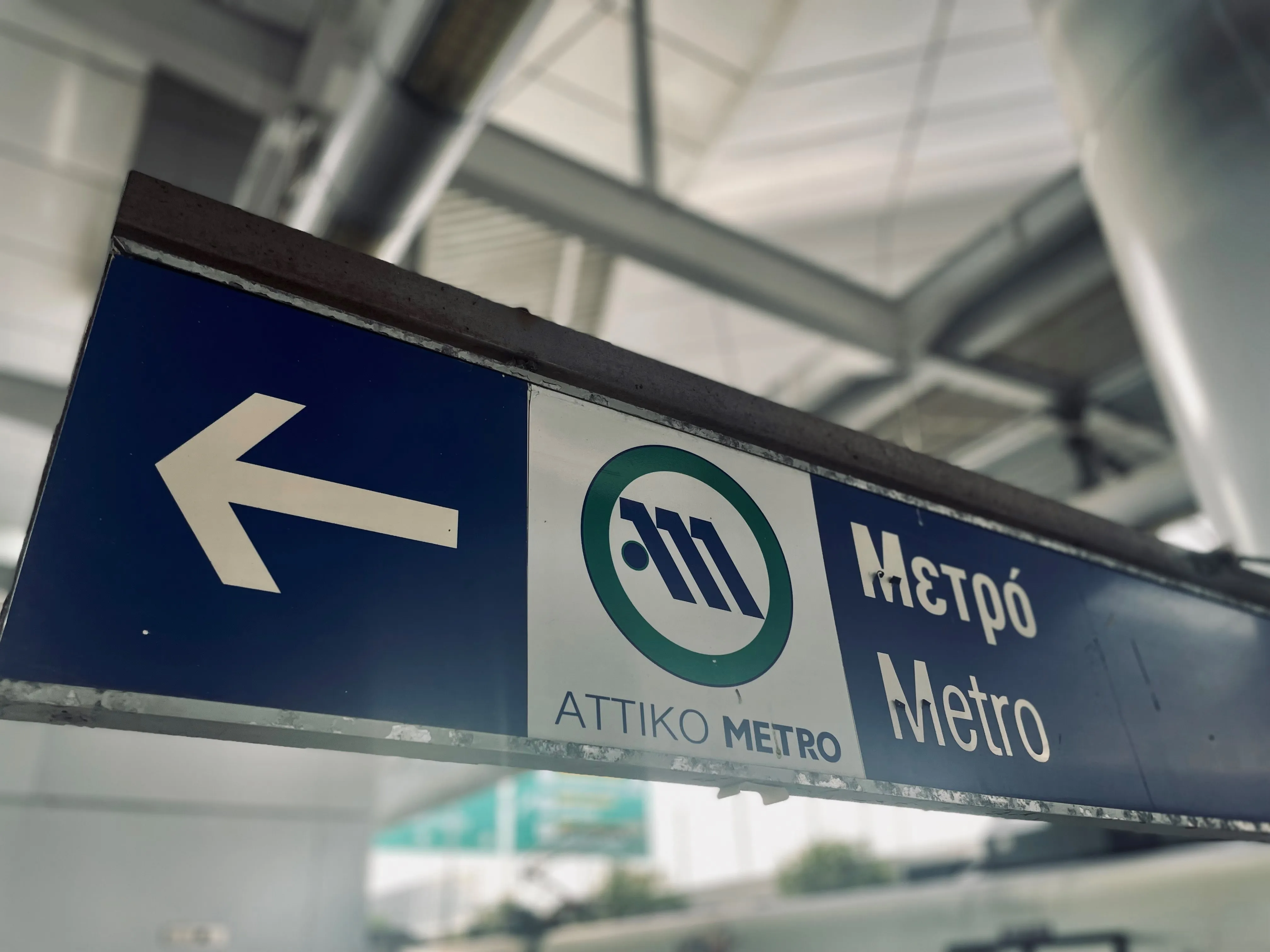Siemens is conducting a four-month joint feasibility study with South Yorkshire Passenger Transport Executive (SYPTE) in South Yorkshire to evaluate the impact, benefits and requirements of an integrated, multi-modal transport system.
Funded by the Technology Strategy Board (TSB), the first phase of the collaboration project will look at how to offer a unique and innovative IT solution for South Yorkshire in order to improve local citizen and traveller access to comprehensive, yet personalised, travel in
June 6, 2014
Read time: 2 mins
Funded by the
The study will focus on specific local traveller use cases, describing the potential integrated and multi-modal approaches that will be possible once the final system has been implemented, to enable an integrated transport network to become a reality for South Yorkshire and beyond, encouraging the utilisation of multiple transport modes within a single journey.
It will also examine ways in which a multi-modal smart payment system can be created and implemented that works across a range of modes of travel including cycle hire, bus, tram, car club, taxi and car parking so that the trip and choices are better understood by all stakeholders.
Findings and recommendations from the first phase of the project will be used to consider the specifications and potential delivery of a proposed integrated solution for South Yorkshire.









